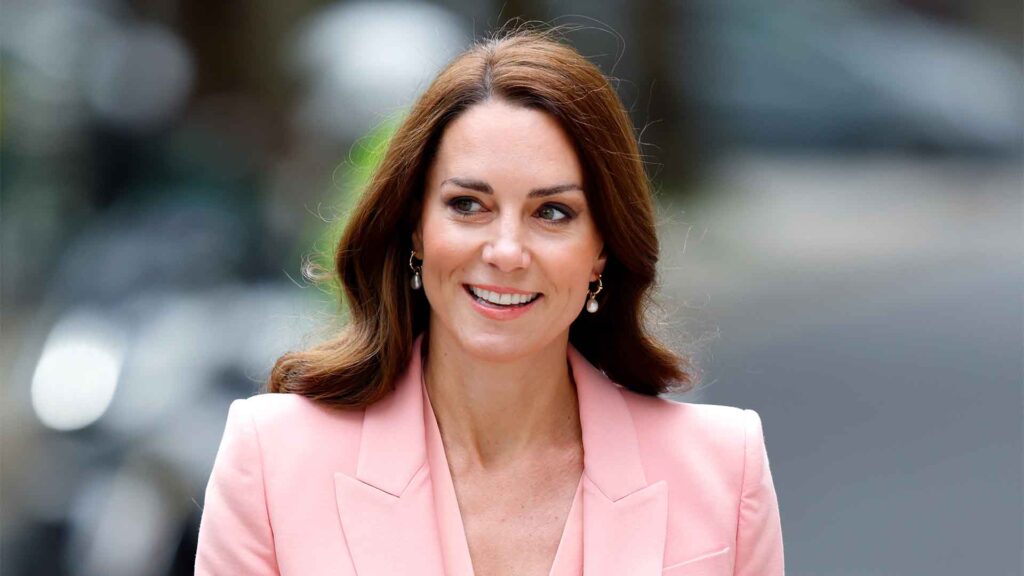In the grand tapestry of royal duties and public expectations, the recent health updates from Kensington Palace tell a story of resilience, as well as evolving royal norms. Princess Kate Middleton, the Duchess of Cambridge, recently underwent a planned abdominal surgery at The London Clinic, marking a moment of pause in her usually bustling schedule of royal engagements. The palace, adhering to Kate’s wish for privacy, kept specific details under wraps, emphasizing instead her steady recovery and the gratitude expressed towards the medical team.
This episode, however, is not just about the Duchess’s recuperation. It casts a spotlight on Prince William’s role within the royal family dynamics.
In a departure from longstanding royal practices, where duty often eclipsed family matters, William has admirably stepped into the role of a “modern dad.” The Duke of Cambridge adjusted his royal commitments to be more present at home, supporting his wife and their three children—Prince George, Princess Charlotte, and Prince Louis. This shift is reflective not only of changing personal choices but also of a broader transformation within the royal family’s approach to balancing public responsibilities and private life.
Historically, royal figures have been expected to continue their public duties despite personal challenges. The change in Prince William’s approach, favoring family time over royal engagements, is a significant deviation from this norm. It signifies a more contemporary understanding of parenting and family responsibilities, even within the often rigid structures of monarchy.
The emphasis on family-first is not just a personal choice for the Duke and Duchess of Cambridge; it also aligns with the evolving image of the British monarchy. The royal family, under the watch of Queen Elizabeth II and now King Charles III, has been gradually adapting to the expectations of a modern society. This adaptability is not only about embracing technology or social media but also about reflecting the values and lifestyles of the people they represent. In this context, Prince William’s decision to prioritize his children’s well-being and support his wife during her recovery period resonates with many across the globe who find themselves in similar situations.
From the public perspective, there’s a growing appreciation for the royal family’s efforts to maintain a semblance of normalcy and privacy, especially in matters concerning health. This respect for privacy is a two-way street, with the public often being understanding and the palace sharing updates in a measured, respectful manner. It’s a delicate balance, but one that seems to be working well for both sides.
The impact of this modern approach is perhaps most significant for the young royals. Prince George, Princess Charlotte, and Prince Louis are growing up in an environment markedly different from previous generations of royal children. The presence of a more involved father and the emphasis on a balanced family life are likely to influence their upbringing, shaping their perspectives and roles as future members of the royal family.
The narrative surrounding Princess Kate’s surgery and recovery, and Prince William’s supportive role, is more than just a story about health and family. It’s a chapter in the ongoing evolution of the British monarchy, highlighting its ability to adapt and remain relevant in a rapidly changing world. As the monarchy continues to navigate the complexities of public and private life, the approach taken by the Duke and Duchess of Cambridge offers a glimpse into a more relatable, humane side of royal life—one that resonates with the values and experiences of people far beyond the walls of palaces.

